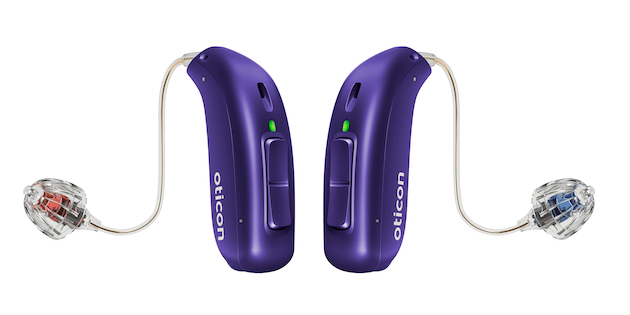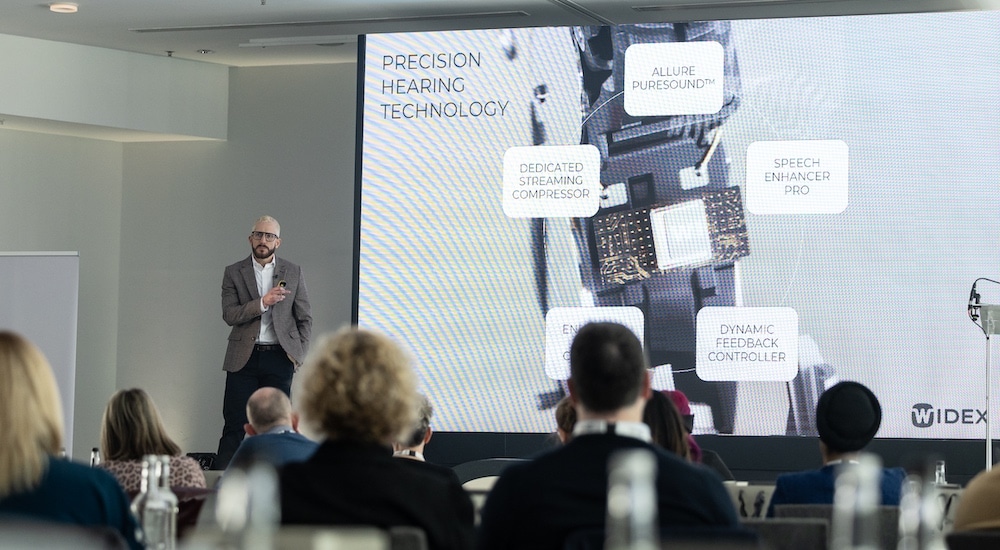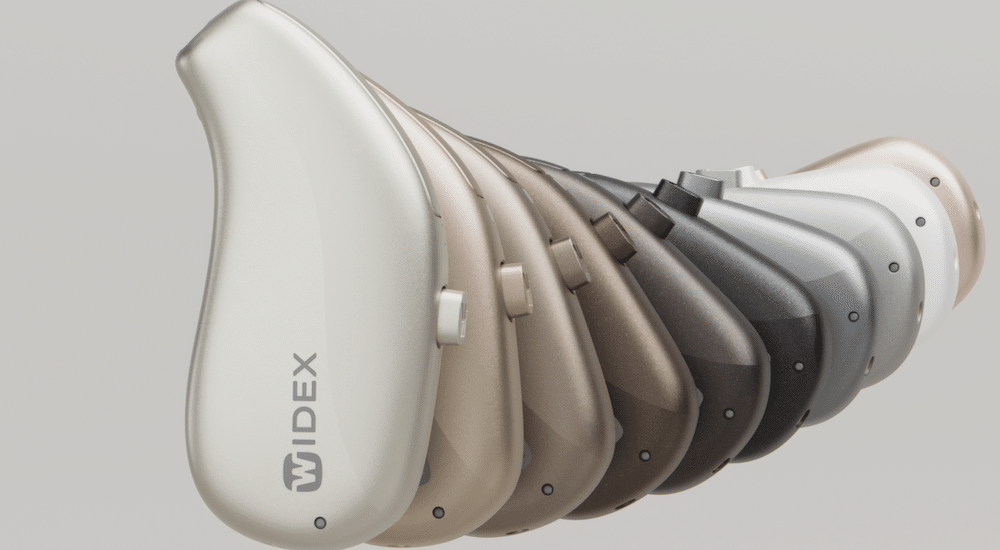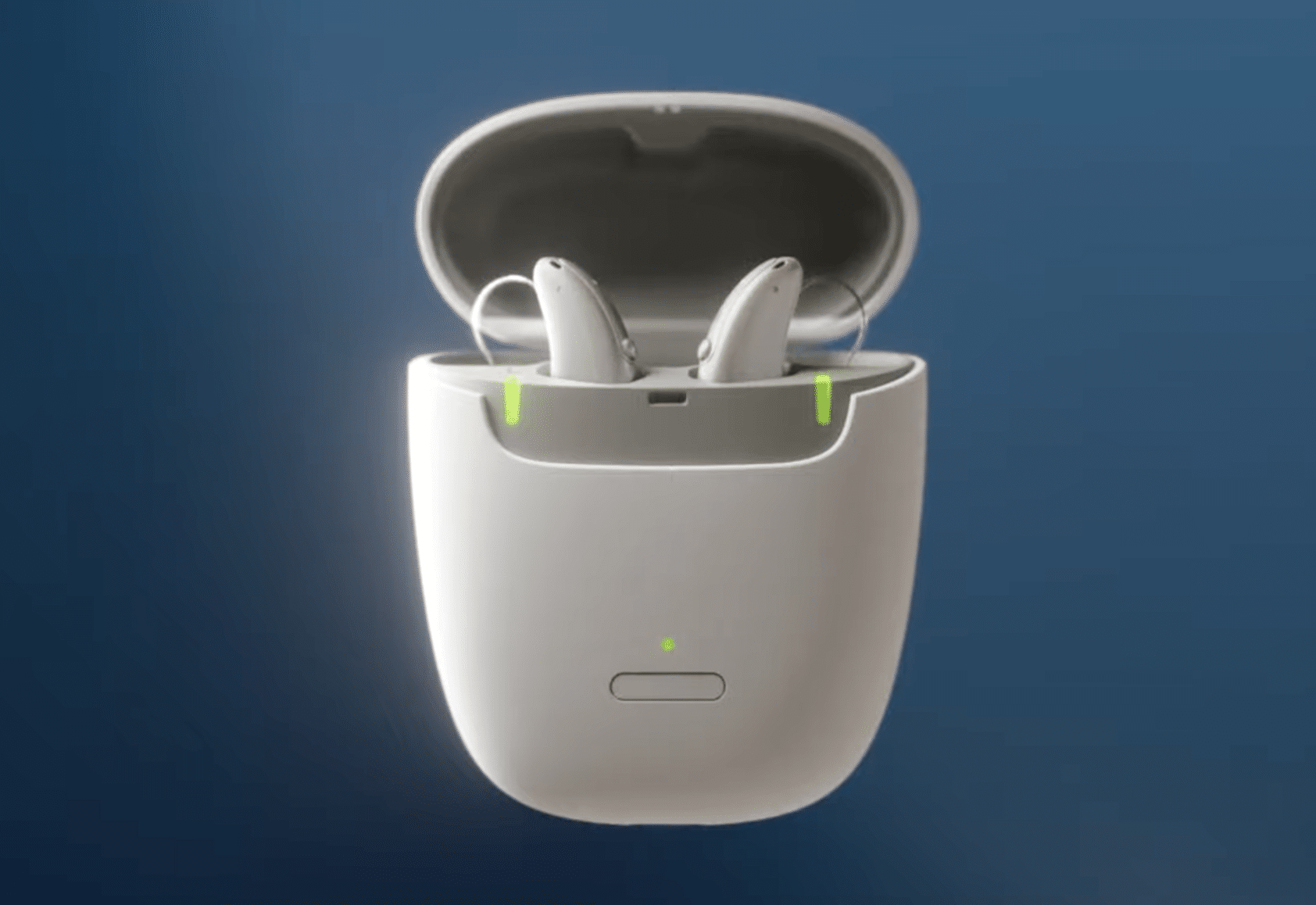Oticon launches Play PX, the first Deep Neural Network child hearing aid
Child hearing aids
A new paediatric platform that is designed to develop as children grow is behind Oticon's latest launch, Play PX, hearing aids based on providing the young user to access to the entire sound scene in any environment while controlling noise.

Trained with 12 million sound scenes from real-life, the artificially intelligent DNN in the Play PX extends some of the technology trademarks already used in the brand's More hearing aids – the Polaris platform with new MoreSound Intelligence, MoreSound Amplifier, and MoreSound Optimizer. Oticon claims Play PX helps support children’s brains to handle sound as well as hear naturally.
Research base
In its launch publicity, Oticon links to recent independent research [i] that shows that in order for children to grow, develop and mature, they need optimal access to all relevant sounds. The research highlights that noisy and complex everyday environments can be a challenge for children with hearing loss, limiting their access to important sound information.
And a new study by Oticon itself [ii] demonstrates that Oticon Play PX makes sound from all directions clearer for speech recognition and recall than hearing aids using traditional and OMNI directional hearing technology. Notably, in some conditions, speech recognition and recall, even in noisy environments, can be similar to the normal hearing range, the brand points out.
Stimulating the brain
“The experiences children have as they grow rapidly through childhood to adolescence play a vital role in stimulating the brain and supporting development of important skills and cognitive function. Without full access to the world around them and communication, children with hearing loss lack sufficient sensory input, which is why we are offering children the new approach to sound processing delivered by our innovative MoreSound technologies," says Thomas Behrens, Chief of Audiology, Oticon.
Colours and styles
Oticon Play PX is available in a variety of colours. The new paediatric hearing aid family features two BTE styles and two miniRITE styles, including two rechargeable styles which provide power for a full day. For further information,visit www.oticon.global.
[i] Tomblin, J. B., Harrison, M., Ambrose, S. E., Walker, E. A., Oleson, J. J., & Moeller, M. P. (2015). Language outcomes in young children with mild to severe hearing loss. Ear and Hearing, 36(0 1), 76S-91S.
[ii] Oticon Whitepaper – Oticon Play PX: Supporting Communication, Learning and Inclusion for Children and Teens
Source: Oticon


